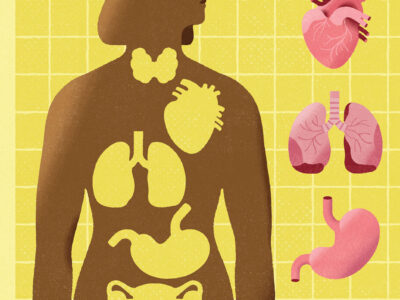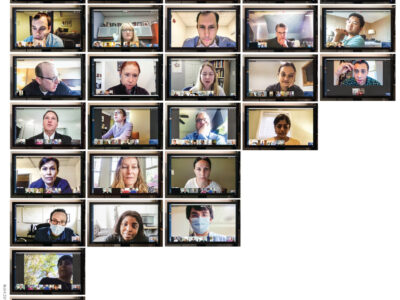As the financial picture has stabilized for the University of Pennsylvania Health System (UPHS), Penn has decided to create a new, unified governing board for it instead of spinning it off into a separate 501(c)(3) not-for-profit entity, as announced last February [“Gazetteer,” March/ April 2001; “From College Hall,” May/June 2001]. That new board, to be comprised of 30-40 people, will be called Penn Medicine.
The idea behind Penn Medicine is to unify the numerous governing structures of the Health System and the School of Medicine into a single board reporting to the University trustees, thus ensuring a more efficient decision-making process. As Penn President Judith Rodin noted in her No-vember address to University Council: “Going to 14 meetings a month of these various boards certainly didn’t use our time wisely, but this is what we did.”
The plan to establish a 501(c)(3) was to protect the University from the financial vicissitudes of the Health System —which had lost some $350 million from 1997 through 2000—and to allow the Health System to respond more quickly to the marketplace. Though that still may happen, some of the pressure has been eased by the fact that the Health System is finally back in the black.
“Previously, there had been a greater sense of urgency about creating a 501(c)(3), but, upon further reflection and the fact that the finances of the University and UPHS are so intertwined, we’ve taken our foot off the accelerator on this issue,” said Health System spokeswoman Rebecca Harmon. “Discussions about moving forward in creating a 501(c)(3) entity will be the responsibility of the new Penn Medicine Board.”
On November 28, Moody’s Investors Service revised the outlooks for the Health System and the University from “negative” to “stable,” while affirming its A1 rating on the University’s bonds and its A3 rating on the Health System’s.
Despite the “notable improvement,” Moody’s added, “we believe a rating upgrade is precluded at this time based on challenges the [Health System] continues to face, including a modest cash position, short-term cash requirements above normal debt service and capital spending, and wage and other expense pressures.”
Since 1998, Moody’s had lowered its ratings for the Health System from Aa3 to A3; it also dropped the University’s rating from Aa2 to A1. But it called the turnaround for fiscal 2001 a “remarkable improvement in operating performance.”




